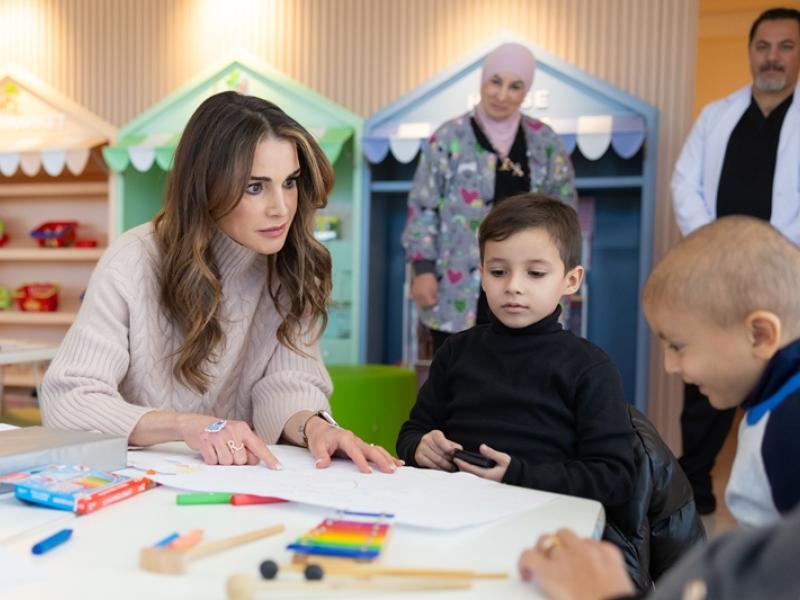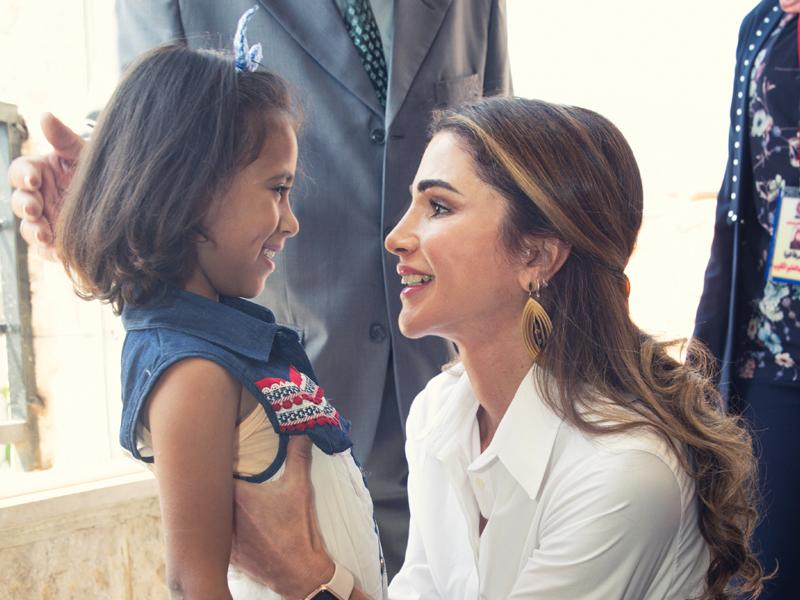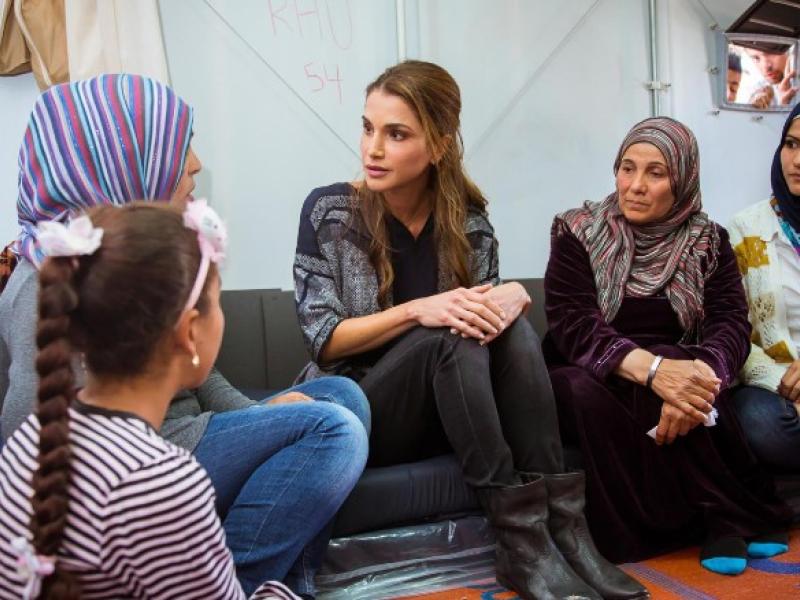In 1631, a beautiful empress, Mumtaz Mahal, died while giving birth to her 14th child. Overwhelmed by grief, her husband constructed a monument in her honour: the Taj Mahal, today one of the best-known buildings in the world.
And yet, while the Taj Mahal’s domes and spires are instantly recognizable, there is far less global awareness of the tragedy that inspired its creation.
Nearly 400 years after Mumtaz Mahal lost her life in childbirth, a woman still dies from causes related to pregnancy or childbirth every minute of every day – more than 500,000 women each year, 10 million per generation. How can it be that in our age of modern advances and medical miracles we are still failing to safeguard women as they perpetuate the human race itself?
The answer, of course, is that public health has made breathtaking strides, but those benefits have not been equally shared, either among countries or between the geographical areas and social groups within them. Even though the causes of pregnancy and childbirth complications are the same around the world, their consequences vary dramatically from country to country and region to region. Today, a young woman in Sweden has a 1 in 17,400 lifetime risk of dying of pregnancy-related causes. In Sierra Leone, her risk soars to 1 in 8.
And for every woman who dies, another 20 are afflicted with serious infections or injuries. An estimated 75,000 women each year become victims of obstetric fistula, a physically and psychologically devastating condition that can result in social exclusion.
The toll in women’s lives is enormous. But they are not the only ones who suffer. As a group of experts stated during a global conference on women’s health in 2007: “In their prime reproductive years, women ‘deliver’ for their societies in multiple ways: They bear and raise the next generation, and they are critical actors for progress as workers, leaders, and activists.” When women’s lives are cut short or incapacitated as a result of pregnancy or childbirth, the tragedy cascades. Children lose a parent. Spouses lose a partner. And societies lose productive contributors.
Our world cannot afford to keep sacrificing so many people and so much potential. We know what it takes to prevent and treat the vast majority of pregnancy-related difficulties, from eclampsia and haemorrhage to sepsis, obstructed labour and anaemia. Indeed, the World Bank estimates that such basic interventions as antenatal care, attendance at delivery by skilled health personnel, and accessible emergency treatment for women and newborns could avert almost three quarters of maternal deaths.
But expanding medical interventions is just one part of improving maternal and newborn health. More fundamentally, we need to boost women’s empowerment around the world. Consider that in a century increasingly defined by information, we still do not have precise data regarding the numbers of women who die in childbirth each year. Why are maternal deaths only partially enumerated? One possible reason is that, in too many places, women’s lives do not fully count.
And as long as women remain disadvantaged in their societies, maternal and newborn health will suffer as well. But if we can empower women with the tools to take control of their lives, we can create a more supportive environment for women and children alike.
Empowerment begins with education, the best development investment we can make – from ensuring that girls as well as boys are able to attend primary school to teaching women to read and write, and providing public health education. Although much remains to be done, many countries are beginning to make strides in this direction. In Jordan, for example, nursing students from the University of Jordan are volunteering to educate girls in public schools about women’s health issues.
Study after study shows that educated women are better equipped to earn income to support their families, more likely to invest in their children’s health care, nutrition and education, and more inclined to participate in civic life and to advocate for community improvements. Educated mothers are also more likely to seek proper health care for themselves; according to the 2007 Millennium Development Goals Report, “84 per cent of women who have completed secondary or higher education are attended by skilled personnel during childbirth, more than twice the rate of mothers with no formal education.”
Children of educated mothers are 50 per cent more likely to survive until the age of five and beyond than those whose mothers did not receive or complete schooling. For girls in particular, education can make the difference between hope and despair. Research shows that young people who complete primary school are less likely to be infected by HIV than those who never managed to graduate from primary school.
Educated girls are also more likely to delay marriage and less likely to get pregnant while very young, reducing the risk of dying in childbirth while they are still children themselves. As girls continue their education, their earning potential increases, enabling them to break the bonds of poverty too often passed down through the generations.
Put simply, changing the trajectory for girls can change the course of the future. And if these girls grow into women who choose to become mothers themselves, they will view pregnancy and childbirth as something to celebrate, not fear.



